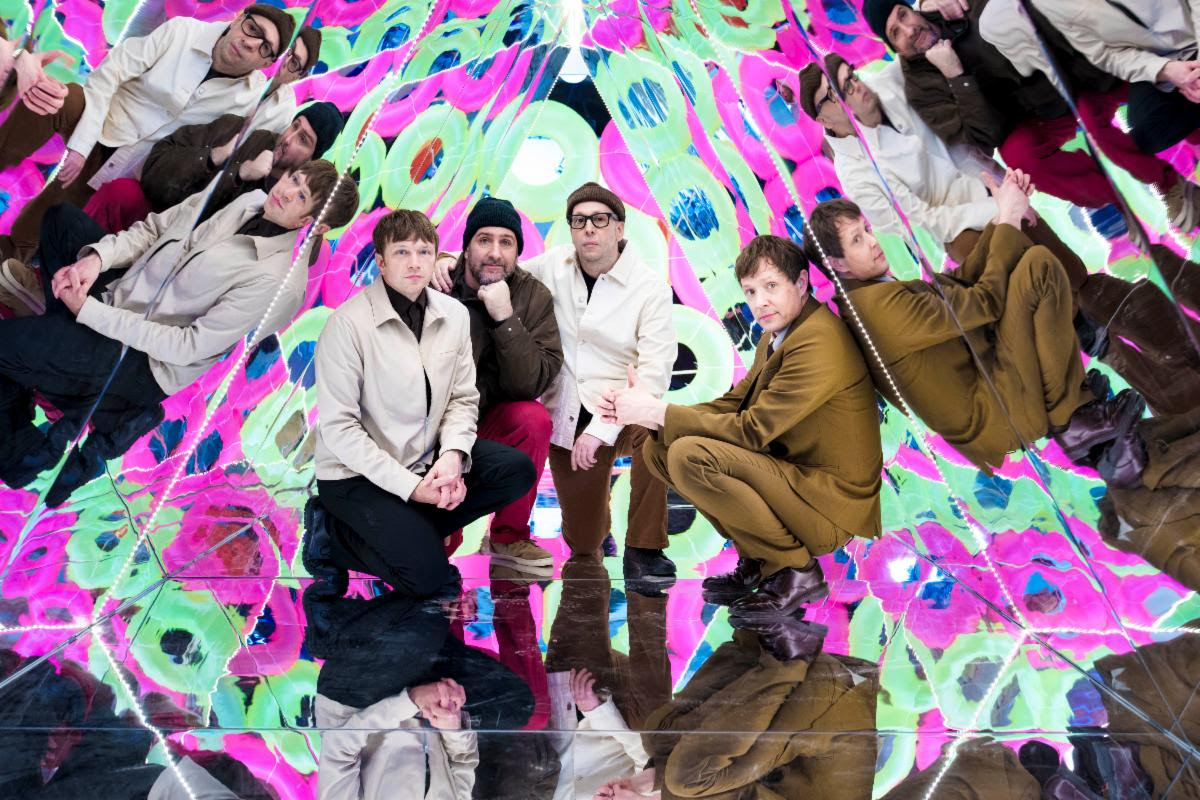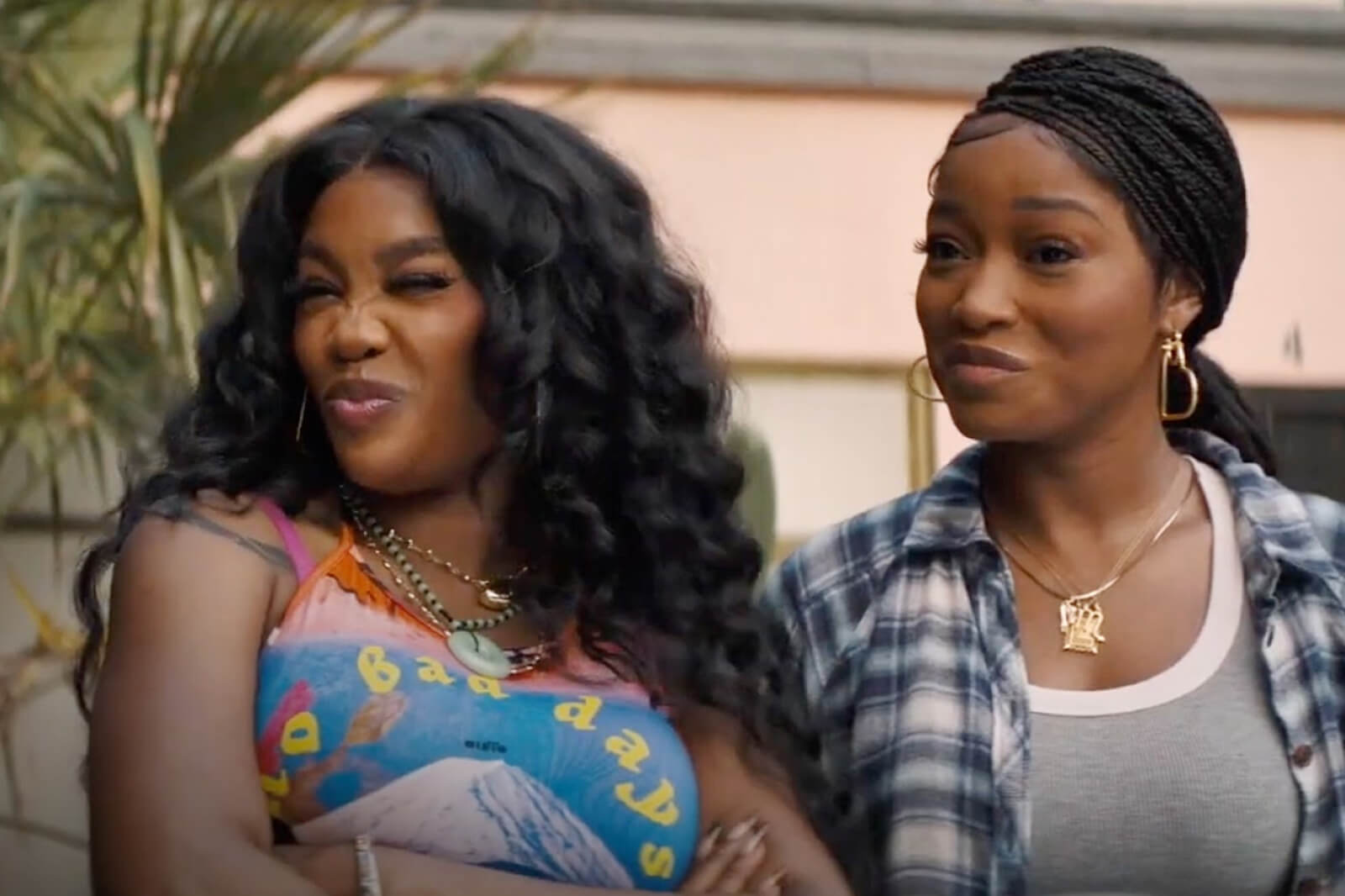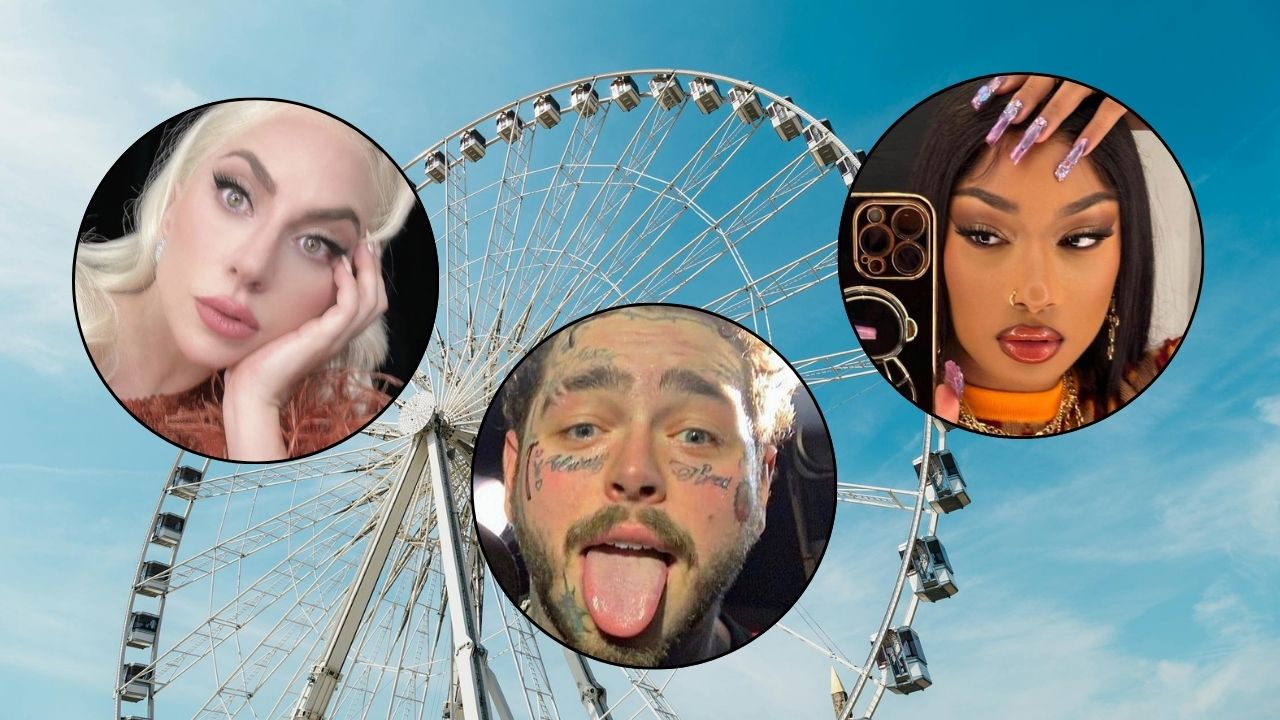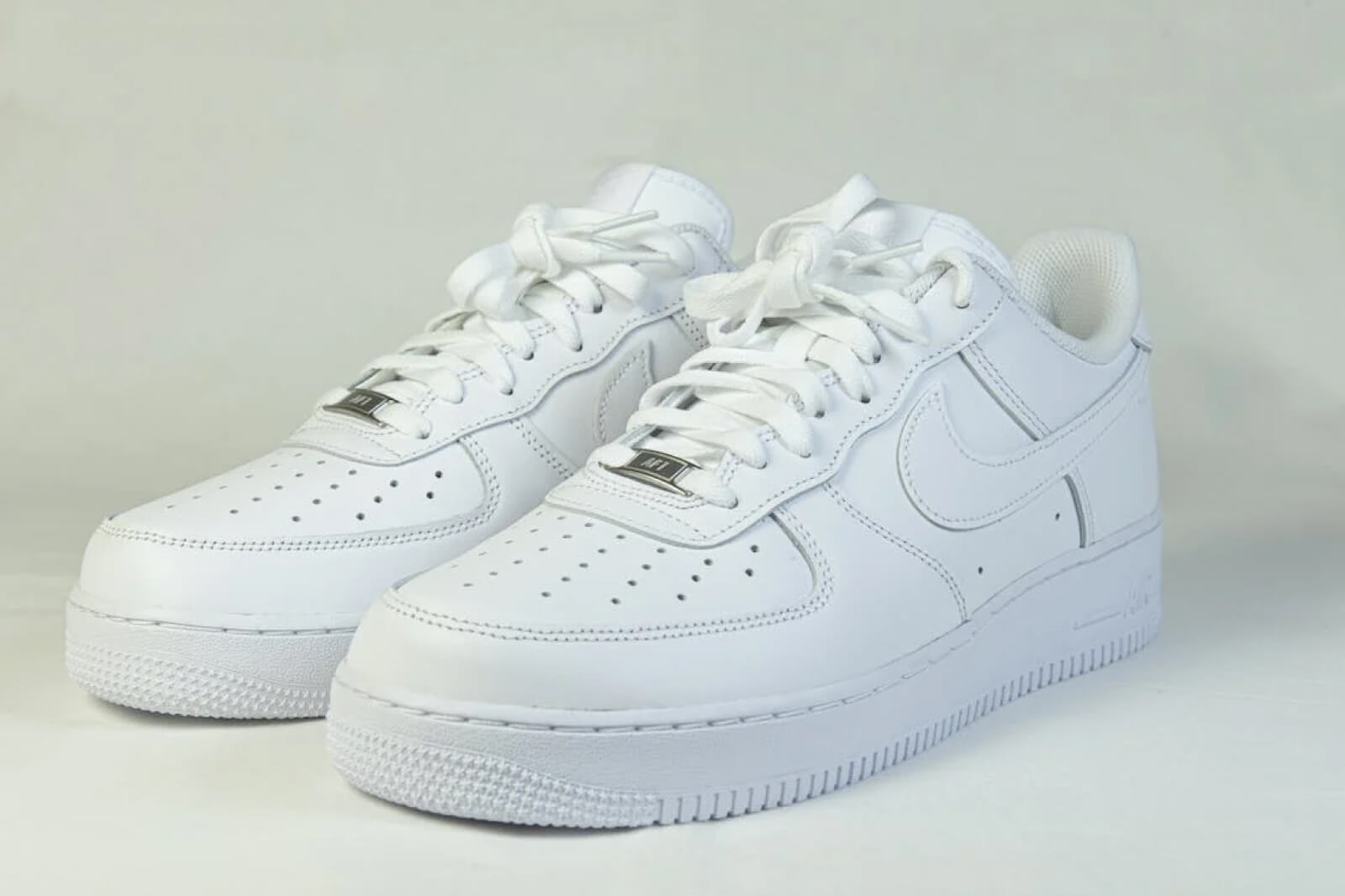
Photo by Senad Palic on Unsplash
The camaraderie in professional wrestling is unlike that in any other sport.
Men and women from different walks of life share a bond that only the people in their chosen profession will understand. Unlike other professional sports, there isn’t an off-season for pro wrestlers. They are traveling 300+ days a year. The time away from home forces them to build relationships with their fellow competitors behind the scenes.
On camera, these relationships have given birth to the greatest collectives in professional wrestling. The organic chemistry between a group of individuals combined with the right gimmick has helped elevate the wrestlers themselves and the companies they work for. Some have come and gone, while others have left an indelible mark on the industry.
Let’s break down a list of the greatest teams, AKA stables, in professional wrestling. Are you ready?
The Four Horsemen
You can’t talk about the all-time greats in professional wrestling without mentioning Ric Flair. His influence on the sport is unrivaled to this day. Part of Flair’s legacy is the formation of The Four Horseman.
Flair, along with Tully Blanchard, Ole Anderson, and Arn Anderson, ran roughshod over Mid Atlantic Championship and World Championship Wrestling after joining forces in 1985. Blanchard’s manager James J. Dillon acted as the faction’s manager, as well.
Though they were heels, the Horsemen’s trash-talking and underhanded tactics made them fan favorites. Flair’s flamboyant nature and Blanchard and Andersons’ toughness legitimized the group.
There were many incarnations of the Horseman throughout the years. Flair and Arn Anderson were part of each of them until the group officially disbanded in 1999.
The Hart Foundation
The term “strength in numbers” holds plenty of weight with the Hart family. Not only are they one of wrestling’s most celebrated families, but they are also one of the largest. Each of Stu and Helen Hart’s 12 children either became or married a wrestler. So who better to form a faction with than your flesh and blood?
The Hart Foundation started as a tag team between Bret Hart and brother-in-law, the late Jim “The Anvil” Neidhart. They separated and focused on solo careers but reformed with Owen Hart, The British Bulldog, and family friend Brian Pillman in 1997. The new Hart Foundation were villains in the United States but national treasures in the Hart family’s home country of Canada.
NWO (New World Order)
When WCW launched its primetime show Monday Nitro in September of 1995, they became a threat to Vince McMahon and the WWE. Ted Turner had the money to acquire talent that McMahon made stars. Those stars included Kevin Nash (Diesel), Scott Hall (Razor Ramon), and Hulk Hogan.
These three men would form the New World Order, AKA NWO. The NWO was positioned as a group of former WWE luminaries sent to invade WCW. But with an evil Hulk Hogan– … known at the time as Hollywood Hogan – as their leader, the NWO propelled WCW to greater heights.
WCW Monday Nitro beat WWE’s Monday Night Raw for 84 consecutive weeks in the ratings due to the NWO’s popularity.
D-Generation X
Not looking to be outdone, Vince McMahon turned to a bunch of his degenerates to help wage war against WCW’s NWO. Hall and Nash’s real-life friends Shawn Michaels, Triple H, and his then manager Chyna formed their rebellious faction called D-Generation X.
D-Generation X, or DX, was the censors’ worst nightmare. When they weren’t pointing or referring to their genitalia, they provided the WWE audience with live stripteases. Michaels would leave DX and professional wrestling after a back injury forced him into early retirement.
Triple H assumed the role of leader and added the New Age Outlaws and X-Pac to the roster. DX was one of the main attractions during WWE’s Attitude Era.
The Nation of Domination
DX’s ascension ran parallel to another burgeoning faction in WWE. Opposite of DX sophomoric hijinx was the militant Nation of Domination.
At first, the Nation of Domination was a vehicle designed for Faarooq (Ron Simmons) to get over. Their initial message was one of Black Supremacy. But WWE changed the faction’s pro-black presentation to a less controversial tone. Other NOD members included D’Lo Brown, Kama Mustafa, Mark Henry, and a young third-generation wrestler looking to forge his path named Dwayne “The Rock” Johnson.
The Rock became the Nation’s leader, as they went head to head with Triple H and D-Generation X in the late ’90s.
The Corporation
After the Montreal Screwjob in 1997, there wasn’t a more despised man in professional wrestling than Vince McMahon. McMahon used this real-life heat to create the character, Mr. McMahon. Mr. McMahon was a conniving business owner who used his authority to terrorize the superstars who didn’t align themselves with him.
McMahon went on to form The Corporation. They were a collective of WWE superstars from yesteryear, current stars, and his son Shane. McMahon and company made the lives of the roster hell. The only thing stopping them from total control was WWE’s resident hellraiser, Stone Cold Steve Austin.
Evolution
Triple H and Ric Flair experienced tremendous success as part of a faction. In 2003, they decided to take the opportunity to recreate their success and mentor two upcoming superstars in Randy Orton and Dave Bautista, AKA Batista.
Their pet project was called Evolution. Much like the Four Horseman, Evolution had a lust for money, women, and winning titles. Triple H and Ric Flair were guiding lights for Orton and Batista in and out of the ring. Randy became the youngest world champion, and Batista came into his own as one of the company’s biggest stars in 2005.
Bullet Club
Japanese wrestling matches are known for being quick-paced and hard-hitting. Characters and gimmicks are as important there as they are in the States, But the focus is mainly on the in-ring product. That’s why the faction created by the then Prince Devitt was so groundbreaking.
Prince Devitt (now known in WWE as Finn Balor) was the creator of Bullet Club. A stable made up of mostly American wrestlers looking to rule New Japan Pro Wrestling, Bullet Club was a mirror image of the NWO. They had a gang mentality, used the same hand gesture to greet each other, and helped NJPW become more popular than ever before.
Bullet Club had ever-changing members and leaders. After Devitt departed for WWE, AJ Styles became the group’s leader. Styles followed Balor’s lead and joined WWE as well. Kenny Omega replaced Styles, taking Bullet Club to the height of its popularity before leaving to start All Elite Wrestling with fellow BC Club members The Young Bucks and Cody Rhodes.
The New Day
Floundering WWE stars Xavier Woods and Big E approached the underutilized veteran Kofi Kingston about joining forces to get more television time. The idea was dead on arrival when they debuted as cheesy preacher-like good guys. Fortunately, slight character adjustments and organic fan support helped them become one of the company’s most successful acts, The New Day.
The New Day are three colorful, vibrant, and intelligent Black men who love entertaining WWE’s audience with their athleticism and antics. Their popularity with parents and kids has manifested itself into high merchandise sales, a breakfast cereal, and a record-setting reign as tag team champions.
The Shield
Take two independent wrestling legends and a second-generation wrestler from the prestigious Samoan pro wrestling dynasty, and you have a group that has been on top of WWE since their debut in November 2012.
Dean Ambrose, Seth Rollins, and Roman Reigns were members of The Shield. Three hungry young men looking to make a name for themselves in WWE. The Shield were the recipients of one of the biggest pushes for a new group in the company. They were made champions instantly and remained close to the main event scene.
The Shield disbanded in 2014 after Rollins betrayed Ambrose and Reigns by turning on them and joining Triple H. Each member embarked on a solo career, winning multiple championships, including the WWE Championship.
The group reunited twice before Ambrose (now Jon Moxley) left the company in 2019.
Are we missing your favorite faction?
Let us know on Twitter @Popdust.
- John Cena and Dwayne Johnson: Wrestlers Turned Celebrities … ›
- Dwayne Johnson Rants About His Fast 8 Co-Stars—The Rock Is … ›
- 6 of The Undertaker’s Greatest Opponents – Popdust ›
- INTERVIEW: AEW’s Austin Gunn Is a “Son of A Gunn” – Popdust ›
- Brodie Lee and 7 Other Tragic Deaths in Professional Wrestling … ›
- COVID-19’s Impact On Professional Wrestling – Popdust ›
- 10 Real-Life Pro Wrestling Couples – Popdust ›
- A List of 10 Terrible Gimmick Matches – Popdust ›
- Randy Orton’s Next Opponent is….Soulja Boy? – Popdust ›













